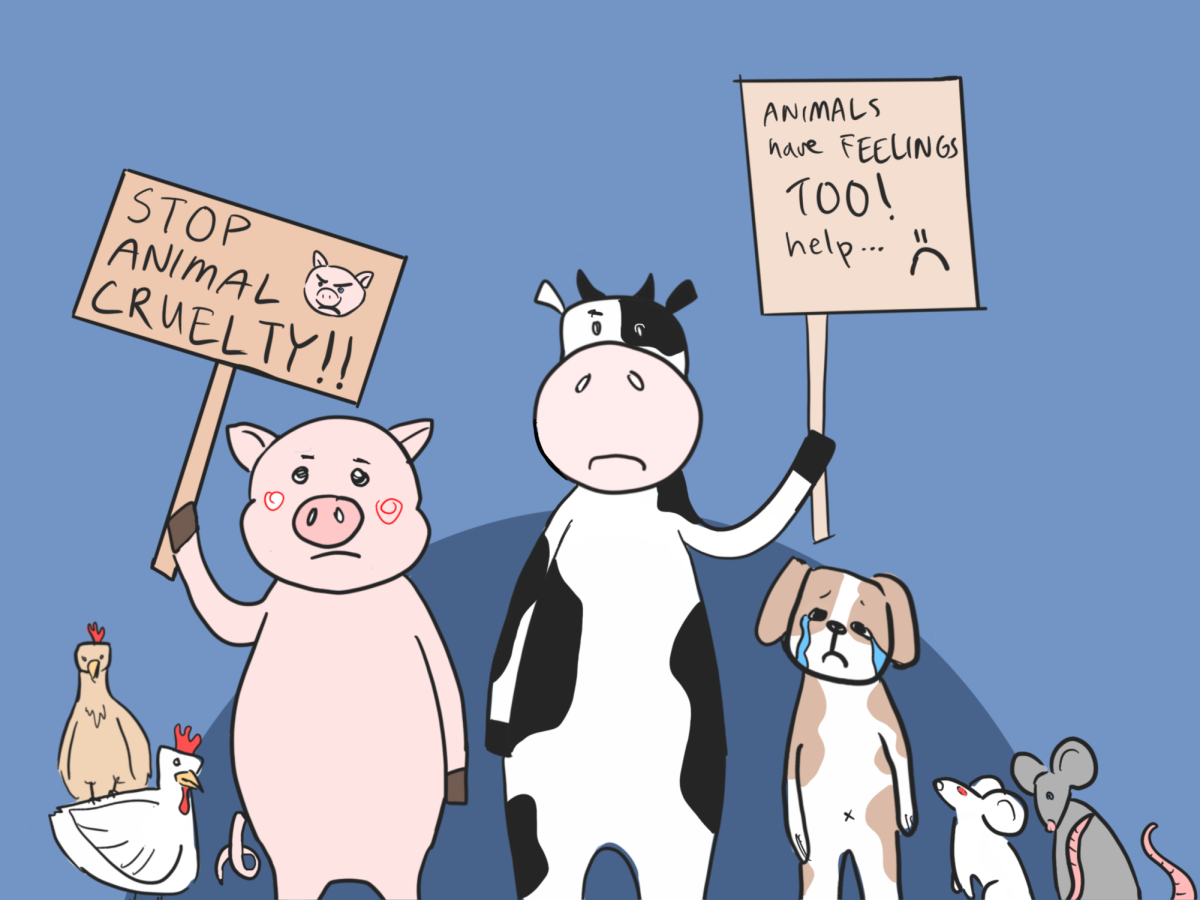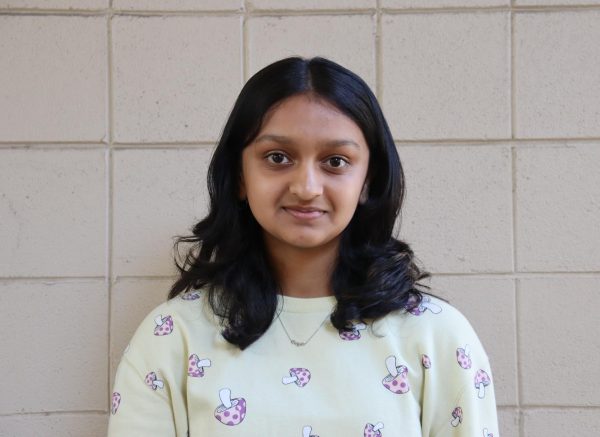Following the recent 2024 Democratic National Convention and first presidential debate, young voters are looking closer into the two major party presidential candidates and their respective youth-based policies.
In retrospect, both candidates have plans to appeal to young voters, but Democratic nominee Kamala Harris has taken a more unconventional and seemingly effective approach than her Republican counterpart.
Vice President Harris grew up in a stereotypical middle class family in Oakland, CA. Her mother, Shaymala Gopalan Harris, immigrated to the U.S. from India at 19 to pursue work in the health-care industry.
This narrative, which Harris often talks about in speeches, is part of what makes her relatable to a major portion of middle-class voters. It allows her to connect with voters on an individual level, especially to active second-generation young voters whose parents also immigrated to the U.S. This is especially applicable to the Bay Area, given that nearly 60% of Saratoga High is composed of children of Asian immigrants.
Additionally, her ethnicity connects her to millions of young voters. The Roper Center from Cornell University found that Barack Obama gained 95% of the Black vote and 66% of the vote from voters ages 18-29, with his race being a primary motivator of voting in 2008. Young Americans, especially minorities, are more inclined to vote for candidates who look and act like them.
Given that Harris is South Asian, African-American and the first female presidential candidate of color, I sense that young voters are more likely to lean into the female representation narrative and vote for their first female president. When Hillary Clinton ran for president in 2016, a similar situation occurred — youth voters preferred her 55% to 37% over Donald Trump.
One potential problem for Harris, though, is her association with the current 81-year-old president, Joe Biden. As a high schooler, I’ve been continuously frustrated by the lack of young candidates, already inhibited by the 35-year-old requirement to hold the office.
Despite his age, President Biden still won the 18-29 age group vote by a staggering 60% in 2020, demonstrating the youth population is more likely to be left-leaning as a general rule. The consistent dialogue by Democratic candidates’ campaigns about “making the world better for our children” is a major factor in their voting decisions.
The ways the Harris campaign is reaching out to young voters is also proving to be effective.
One major point of visibility is on social media sites like Instagram and TikTok. While Trump has used the sites to share creative memes and edits to ridicule posts by other politicians, the Harris campaign has encouraged young people themselves to be thought leaders with their memes and creative editing of clips.
One major social media trend has been editing sound bytes of speeches by Harris and turning them into new remixes of the “coconut tree” video. Clips of Harris’ laugh or the phrase “You think you just fell out of a coconut tree?” from her viral 2023 speech have been edited into longer reels and have been trending all over social media.
Scrolling through Harris coconut tree edits is one of my favorite recent pastimes, with a wide variety of backing tracks and speeches. Every content creator has taken a unique approach to the subject, and the trend has mobilized thousands of people on social media apps to join in.
Another major trend on social media has been using “brat,” a studio album created by popular music artist Charli XCX, to describe Harris and her campaign.

Because of Harris’ campaign’s active presence on social media, many of her youth votes are coming from supporters of her media. To amplify these trends, the campaign credentialed over 200 content creators to attend the DNC, more than any political party has ever historically had.
Problematically, though, these voters may be uneducated on her actual stances, opting to vote for her just for the purpose of supporting such edits. Already, social media acts as an echo chamber, where algorithms push posts which are similar to those users previously liked, exposing them to information that solely aligns with their opinions. Users are flooded by information from a single point of view instead of receiving an equal distribution of information from multiple perspectives.
This is key to her “honeymoon success” after launching her campaign, but could bode negatively in the weeks before the Nov. 5 election. One reason is that social media is frequently used to manipulate uneducated voters into preferring a specific candidate based on their social media activity.
Users may lack the incentive to fact-check all of the data that shows up on their feed, making themselves more prone to misinformation. Usually, this fake news attracts greater attention, due to the clickbait-friendly titles and graphics included. While it isn’t fully clear yet whether this is a problem with Harris’ campaign, politicians have frequently used the tool in the past to appeal to voters.
In terms of direct involvement, the Harris’ campaign has recruited many high school and college student interns to help with advertising and campaigning. This direct channel to the youth allows students interested in learning about Harris’s policies to get a close-up perspective on her stance on issues.
In terms of policy, one major issue for young voters is climate change, given that we will bear the brunt of any climate impact in the future. On the far right, Trump generally tends to avoid or dismiss the topic.
During the first presidential debate on June 27, Trump evaded questions about climate change, fueled by the fact that he pulled out of the Paris Climate Accord, a major part of the nation’s climate policy to reduce carbon emissions globally, in 2017. This lack of engagement with climate change sends the message that Trump is unsure of how to approach threats that hold great significance for young voters.
On the other hand, Harris has worked to develop a wide variety of climate-friendly policies which will address key issues like fracking. A lot of similar progress has been made through the current Biden-Harris administration. The Inflation Reduction Act, for one, provided $370 billion to reduce greenhouse gas emissions and speed up the transition over to clean energy.
While his policies may not be specifically tailored to appeal to youth, Trump’s granddaughter, 17-year-old Kai Trump, spoke at the Republican National Convention this summer. She urged voters to look at Trump from her youth-based perspective. Similarly, Harris’s step-children, Cole and Ella Emhoff, both in their 20s, urged voters to see Harris through their eyes. This connection from candidates’ families adds to the “genuine touch” that voters are looking for in elections.
Both candidates are using different approaches to interact with youth voters, but regardless of their individual strategies, the youth vote will be extremely important in this election, given that an estimated 27% of the voting population is between the ages of 18-29.
From my perspective, it appears Harris’ youth-based social media strategies seem to be working, given that the energy around her and her campaign has only amplified in recent weeks. I will keep looking out for more fun edits as we get closer and closer to Nov. 5.





























